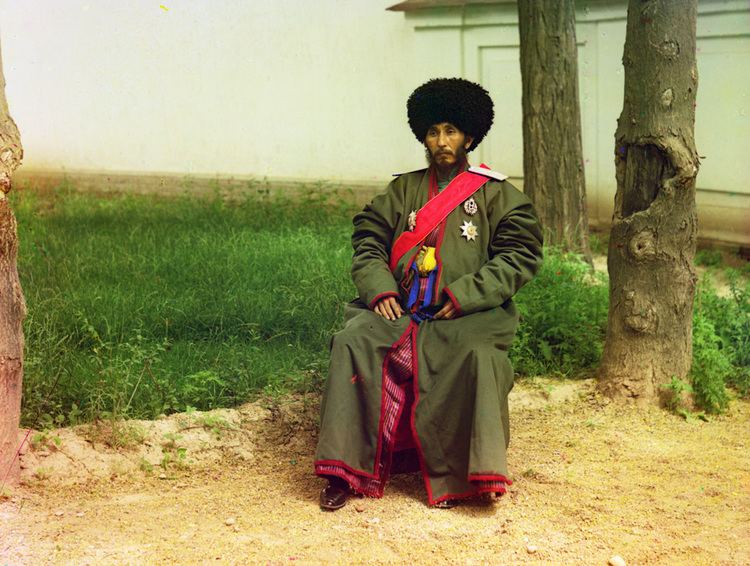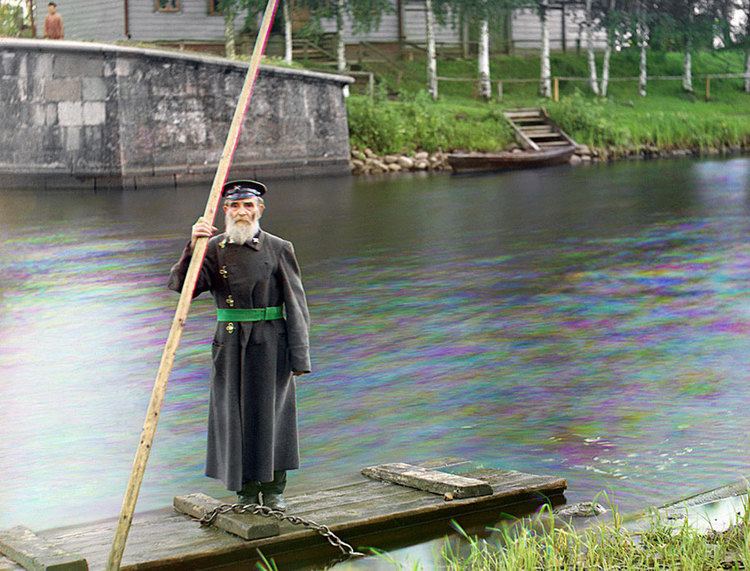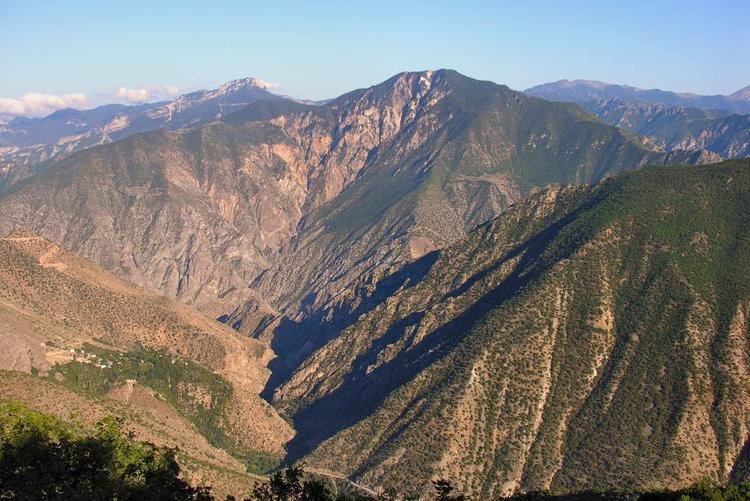Country Area 1,084.74 km2 Population 25,771 | Elevation 345 m Mayor Mehmet Kocatepe (AKP) | |
 | ||
Map of Artvin
Artvin (Georgian: ართვინი, Artvini; Armenian: Արդվին, Ardvin) is a city in northeastern Turkey about 30 km inland from the Black Sea. It is located on a hill overlooking the Çoruh River near the Deriner Dam. It is a former bishopric and (vacant) Armenian Catholic titular see and the home of Artvin Çoruh University.
Contents
- Map of Artvin
- The most beautiful places in artvin turkey
- History
- Ecclesiastical history
- Demographics
- Places of interest
- Events
- Climate
- Twin cities
- References

The most beautiful places in artvin turkey
History

The area has a rich history but has not been studied extensively by archaeologists in recent decades. Artifacts dating back to the Bronze Age and even earlier have been found. The Hurrians settled in the Artvin area in 2000 BC and were succeeded by the Urartu civilisation, based in Lake Van. Later, the area was part of the kingdom of Colchis but was always vulnerable to invasions, first the Scythians from across the Caucasus, then the Muslim armies led by Habib, son of Caliph Uthman who controlled the area from 853 AD to 1023 when it was conquered by the Byzantines from the Sac Emirate linked to the Abbasids.
The Seljuk Turks of Alp Arslan conquered the area in 1064 AD; but after his death, it was briefly recaptured by the king of Georgia with the help of the Byzantines. But in 1081 Turkish forces led by Saltukoğlu Beylik managed to take it back with the aid of Melikşah. With the collapse of the Seljuks, the Artvin area came under the control of the Ildeniz tribe of the Anatolian Turkish beyliks. Various Turkish clans fought for control over the area and this continued until the Safavids ultimately took advantage of this fighting and conquered the area in 1502.
The Ottoman Empire under Mehmet II defeated the Empire of Trebizond to bring the eastern Black Sea coast and the mountainous hinterland under their control. Subsequent expeditions into the mountains by Selim I and Mehmed Han Yusufeli gave them control of a number of castles and thus the whole district. Kara Ahmet Pasha, the vizer of Suleiman I formed the first Livane Sanjak with the name Pert-Eğekte. On 13 July 1551, with İskender Pasha's Ardanuç castle, the Ottoman control of Artvin was secure. Ahmed III's vizer Hasan Pasha founded the city of Batum in the newly acquired lands of Ajaria and it became the hub of the area.
This lasted 250 years until the area was ceded to the Russians by the Ottoman Empire following the Russo-Turkish War (1828–1829), and recovered and again ceded at the conclusion of the Russo-Turkish War of 1877-78. Artvin was in a war zone and continuously changing control between Russia and Turkey with the Treaties of Brest-Litovsk, Moscow and Kars. All this fighting and uncertainty between Russia and Turkey in the late 19th century caused the people of Artvin to suffer terribly, with much of the population moving westwards away from the Russian-controlled zones.
The Russians withdrew from Artvin following the Bolshevik Revolution of 1917; but when the First World War ended with the Ottomans on the losing side, British troops moved into the area in 1918, followed by the newly independent Georgians. There were moves to incorporate Artvin into Georgia but a referendum was called in 1920, and, knowing that the vast majority of the population were Turks, the Georgians withdrew their claim on Artvin in 1921 by the Treaty of Kars.
Above the strategically placed town and road is the fortress, which was once within the medieval Georgian district of Nigali. The site consists of a single circuit wall surrounding the summit of the outcrop, several impressive rooms, an outwork protecting the south entrance, and a large donjon at the west. There are also embrasures and windows suitable for archers. In 1983 the fortress was surveyed and three years later an accurate scaled plan and description were published.
Ecclesiastical history
On 30 April 1850, the papal bulla Universi Dominici gregis from Pius IX established the Armenian Catholic eparchy (Eastern Catholic diocese) of Artvin of the Armenians, with jurisdiction over the extreme northeast of Turkey and in the (Russian) (Trans)Caucasus. It has had only three incumbents :
Under an agreement between Russia and the Holy See in 1904, Catholic Armenians throughout the Causcasus and interior Russia were entrusted to an apostolic administrator resident in Tbilisi (Georgia), but the Soviet authorities imprisoned him, and he died some time before 1937. The diocese had already lost most of its faithful in the Armenian Genocide at the end of the First World War.
The Holy See continued to list the eparchy of Artvin as a vacant residential see until 1971, but in 1972, suppressing it as such, began to list Artvin as the Armenian Catholic titular bishopric of Artvin (Curiate Italian) / Artwin / Artuinen(sis) Armenorum (Latin).
However it never has had a titular incumbent (yet?), who should be of the fitting Episcopal (lowest) rank.
Demographics
In the census of 1897, the town of Artvin was mainly populated by Armenians, whose forebears came from the Mush and Van region. but the district in which it lay was largely Turkish. Outside of the town, the population in the district numbered 49,049 people, of whom 39,997 (82%) were Turks and 3,173 (6%) Armenian.
Places of interest
There are a number of Ottoman Empire houses and public buildings, including :
The surrounding countryside offers many places for climbing, trekking and rafting.
Events
Artvin is known for the Caucasus (Kafkas in Turkish) Culture and Arts Festival, a celebration that takes place at the Kafkasör plateau every year. The most famous event is the Bull wrestling which draws many local and international visitors.
Climate
Artvin, like the majority of the coastal Black Sea Region of Turkey, has an oceanic climate (Cfb) under Köppen classification and warm summer oceanic climate (Dob) under Trewartha classification.
